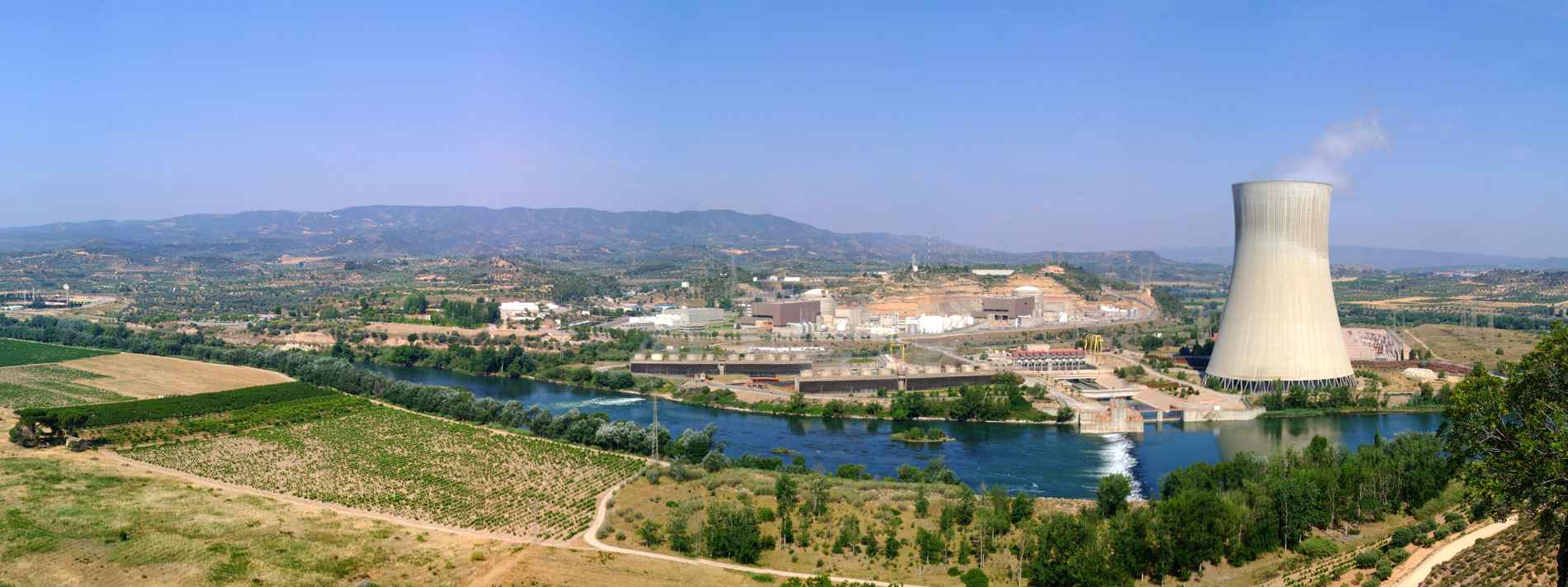
Solar panels are here to stay on our rooftops. The generation of sustainable energy for own consumption is an option that convinces more and more consumers. The growth data of photovoltaic self-consumption demonstrate this growth trend: 2021 has become the year with the highest photovoltaic capacity in Spanish homes.
When we talk about photovoltaic self-consumption we mean generating your own electricity through photovoltaic panels, at the same point where you are going to use it.
Although 2021 was the year of the photovoltaic self-consumption revolution, the boom had already begun in 2019, with a record installed capacity in self-consumption of 459 MW, according to data from the Spanish Photovoltaic Union (UNEF).
In 2021, 1,203 MW of new photovoltaic power were installed in self-consumption facilities in Spain. This figure represents an increase of 101.84% compared to 2020, when 596 MW were commissioned. In terms of distribution by sectors, 41% was installed in the industrial sector, 32% in the residential sector and 26% in the commercial sector.
This increase occurred after the disappearance of the so-called "sun tax" at the end of 2018 and the approval of Royal Decree-Law 244/2019 to regulate the activity of self-consumption of electrical energy, end charges for self-consumption, simplify modalities and enable collective self-sufficiency.
To this we must add that in June 2021 the Spanish Executive approved a royal decree to grant 660 million euros in aid with the aim of promoting renewable energy self-consumption.
Moreover, during the last month of the year, the Ministry for the Ecological Transition and the Demographic Challenge also approved the Self-Consumption Roadmap, which includes photovoltaic and also wind power. This document sets out objectives to evaluate development and strengthen the monitoring of the activity and, in addition, contains 37 facilitating measures to achieve them. All this makes self-consumption more attractive than ever.
Everything you need to know about photovoltaic self-consumption
Getting your photovoltaic self-consumption installation is easier than it might seem. You only need one or more solar panels and a DC-to-AC inverter with a connection to the photovoltaic panels.
It is important to note that before installing any photovoltaic system it is necessary to request three documents: A work permit at the town hall, environmental authorisation by the autonomous community and the self-consumption code at the electricity distribution company.
Advantages of self-consumption
Sustainability
Respects the environment. Prevents emissions and energy loss in transport.
Sustainability
Respects the environment. Prevents emissions and energy loss in transport.
Sustainability
Respects the environment. Prevents emissions and energy loss in transport.
Savings
Solar panels save up to 50% on the electricity bill.
Savings
Solar panels save up to 50% on the electricity bill.
Savings
Solar panels save up to 50% on the electricity bill.

Other advantages
Some Autonomous Communities offer major tax benefits to encourage self-consumption.
Other advantages
Some Autonomous Communities offer major tax benefits to encourage self-consumption.
Other advantages
Some Autonomous Communities offer major tax benefits to encourage self-consumption.
If you are considering self-consumption, you can look for a solution that includes installation and maintenance, such as the photovoltaic solar solution offered here at EndesaX. You can also calculate the initial budget of the installation in less than a minute.
And to get the most out of your solar panels, look for a rate that suits your consumption model. The more your consumption profile matches your production profile, the more savings you will have. Our Tempo Solar Autoconsumo rate is a great option, since all the energy you produce that is not consumed is bought up by us so that you pay even less on your bill.
Related content


The key to understanding why the price of energy has increased so much

Mar Martínez, Endesa's Director of Investor Relations, outlines the 2022 - 2024 Strategic Plan.

The keys to understanding the new electricity tariff

Nuclear energy, the clean generation







